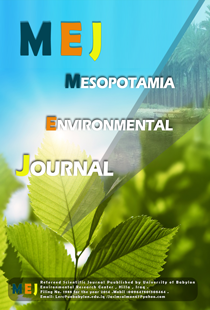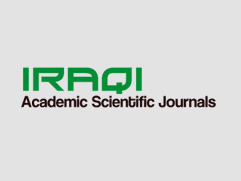Potential environmental and health risks of textile dyes and mechanisms treatment for Environmental safety by algae-based technologies: A review
Keywords:
Textile dye, Aquatic environment, Biological method, Phycoremediation, Algal-based technologies, Textile wastewater.Abstract
Dyes used in the textile industry pollute many bodies of water, and the continuous release of this colored water into aquatic environments without treatment is one of the major challenges in the world. Textile dyes reduce water quality and visual appeal, increase biochemical oxygen demand (BOD) and chemical oxygen demand (COD), inhibit photosynthesis, enter the food chain, accumulate in organisms, promote toxicity and mutagenicity, and cause cancer. Conventional methods are ineffective in removing these pollutants. Therefore, searching for new, environmentally friendly, effective, low-cost, and sustainable technologies to remove these pollutants has become necessary. One of these methods is the biological method based on algae. Microalgae has unique properties that make it a promising solution for removing industrial dye pollutants, such as rapid growth and high density; it tolerates difficult growth conditions and converts pollutants and nutrients into high-value and economical compounds. This review provides a comprehensive overview of dyes used in the textile industry, their environmental and health impacts, and physical, chemical, and biological dye removal mechanisms with pros and cons, emphasizing the algae-based biological method of dye removal from industrial wastewater.
Downloads
Published
How to Cite
Issue
Section
License
Copyright (c) 2024 Mesopotamia Environmental Journal (mesop. environ. j) ISSN: 2410-2598

This work is licensed under a Creative Commons Attribution-NonCommercial 4.0 International License.



